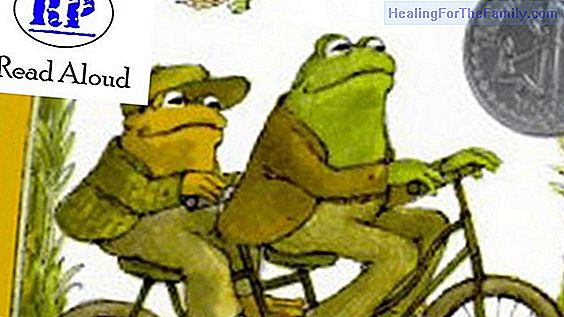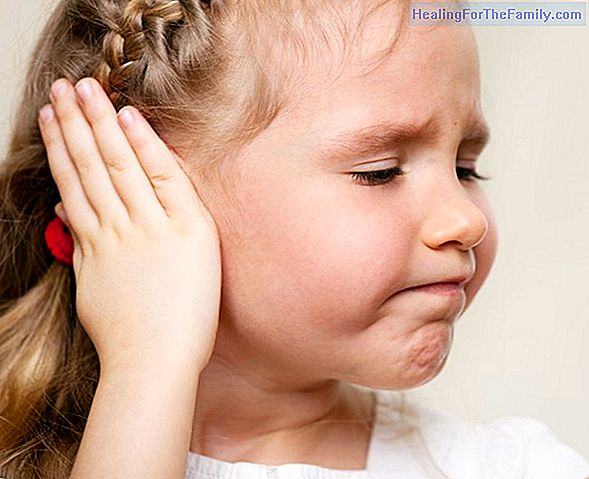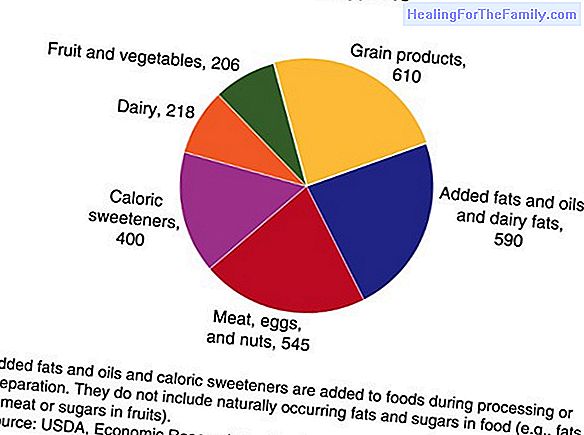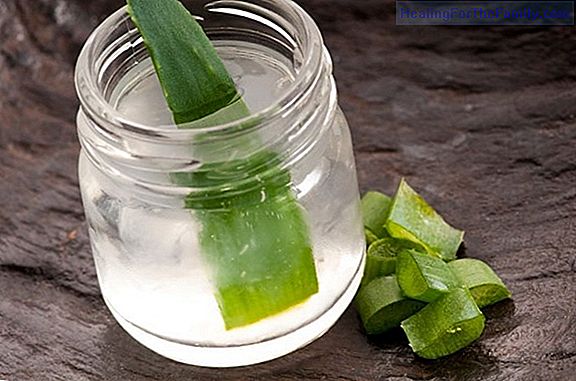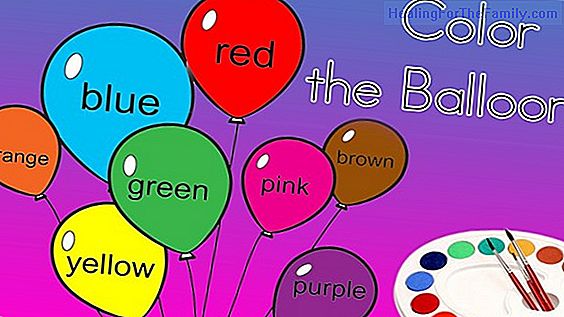15 Games to encourage the fine motor skills of babies
We refer to fine motor skills when we talk about the motor skills that allow the child to make small and very precise movements, especially related to the upper extremities (arms, hands and fingers), and in which the oculi-manual coordination is fundamental. We can deduce, therefore, that it is a ty
We refer to fine motor skills when we talk about the motor skills that allow the child to make small and very precise movements, especially related to the upper extremities (arms, hands and fingers), and in which the oculi-manual coordination is fundamental. We can deduce, therefore, that it is a type of complex motor and that it requires the coordination of different functions of the neurological system, the muscular and the skeletal system.
From the Infant School Nemomarlin Arganzuela give us some ideas to help our children improve this psychomotricity.
Activities to stimulate fine motor skills in babies

Thanks to the fine psychomotricity of human beings we can perform activities as common and habitual as eating, caressing, picking up objects or writing. As the baby or child develops, his movements will be perfected and he will be able to perform actions with greater dexterity in a natural way. However, we can do a large number of activities that can stimulate, develop and strengthen the skills related to fine motor skills.
There are many proposals that favor and perfect fine motor skills as well as the digital clamp, which in the end will allow the student to have greater ease in future motor skills activities. Some of them are:
1. Make strokes with the index finger on different materials: sand, finger paint, flour, etc.
2. Handle and experiment with moldable materials, such as plasticine, clays, salt masses, etc. creating different forms. Est 3. Stimulate the movements of the hands and fingers with movements that accompany songs such as: "pica, pica pica" or "incy, wincy spider".
4.
Tear, crease, bend and manipulate paper of different textures : silk paper, newspaper, crepe, cardboard, etc.5. Handle, squeeze and
explode plastic bubbles .6. Follow with your index finger a predetermined stroke with more and more precision.
7. Drag with your fingers moldable material such as plasticine, on paper, for a plastic creation.
8.
Manipulate and / or pass the pages of a magazine cuen or story. 9. Paste or take off material
such as: plasticine, stickers, pieces of paper or Eva rubber, etc. 10. Hand out letters or folios to classmates, one by one. 11.
Thread different types of beads into strings.
Thread or make pasta necklaces (macaroni). 12. On vertical spaghetti (you can use a base of clay or plasticine) to introduce macaroni by the top to complete the spaghetti. 13. Raise and lower zippers. Put on or take off Velcro. Desa 14. Unhook cords or tie knots / ties with them.
15.
Use age-appropriate materials such as punches
or scissors to punch or cut the paper.
In short, it is about making available to our children, activities that, as a game, allow them to train and refine their manual skills. Silvia Trabas Martin (Pedagogical Coordinator of the Nemomarlin Arganzuela School)



